The most relevant source of inspiration and considerations when designing things are people. This inspiration can be deeper than understanding what people do, why they do it and what they say they need; it is ultimately about understanding what they truly value. Building empathy with the users can be inspirational and help define the overall experience.
Have a conversation, don’t interview
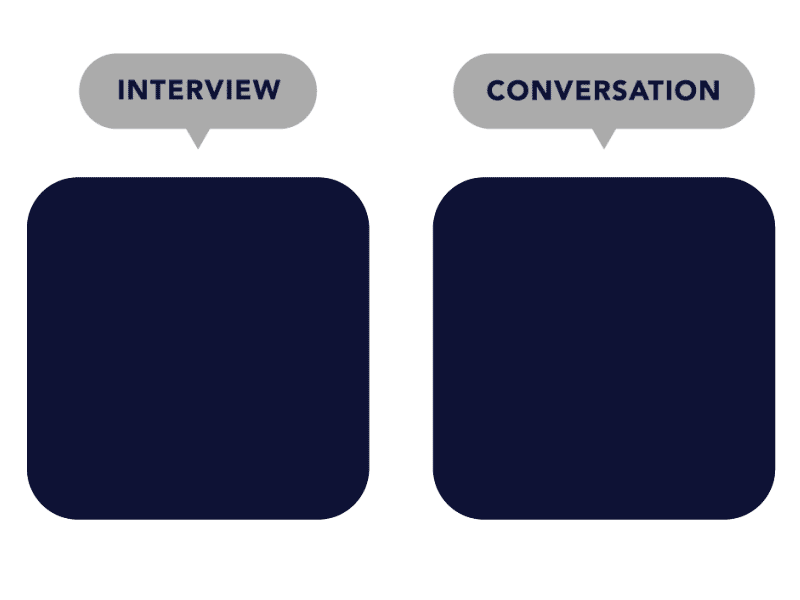 There are numerous books and articles out there explaining how to do interviews, observations, surveys and etc; the user research does not have to be that complicated. Designers can simply go out, meet people in the real context and have a friendly chat with them. It will be more valuable if you have a “conversation” with people instead performing an “interview”. The longer, the more friendly and the deeper the conversation, the more you learn about their values.
There are numerous books and articles out there explaining how to do interviews, observations, surveys and etc; the user research does not have to be that complicated. Designers can simply go out, meet people in the real context and have a friendly chat with them. It will be more valuable if you have a “conversation” with people instead performing an “interview”. The longer, the more friendly and the deeper the conversation, the more you learn about their values.
Uncover the values not the needs
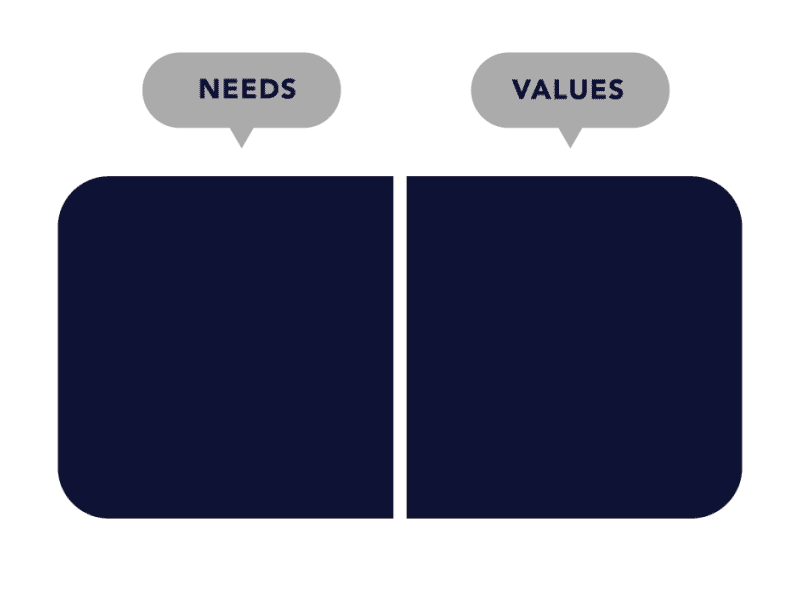 The challenge for designers is not only to understand what people see, feel, and experience but to uncover what they value. People may be willing to express their needs but they don't usually verbalize what they truly value. It's the designer’s job to learn about the needs and use them to realize the values. These Human Values are transformed into the Design Values with which the design is guided.
The challenge for designers is not only to understand what people see, feel, and experience but to uncover what they value. People may be willing to express their needs but they don't usually verbalize what they truly value. It's the designer’s job to learn about the needs and use them to realize the values. These Human Values are transformed into the Design Values with which the design is guided.
“I
need to see what happens to my info after I click on Submit”
The user values Transparency
Meet extreme users, avoid average ones
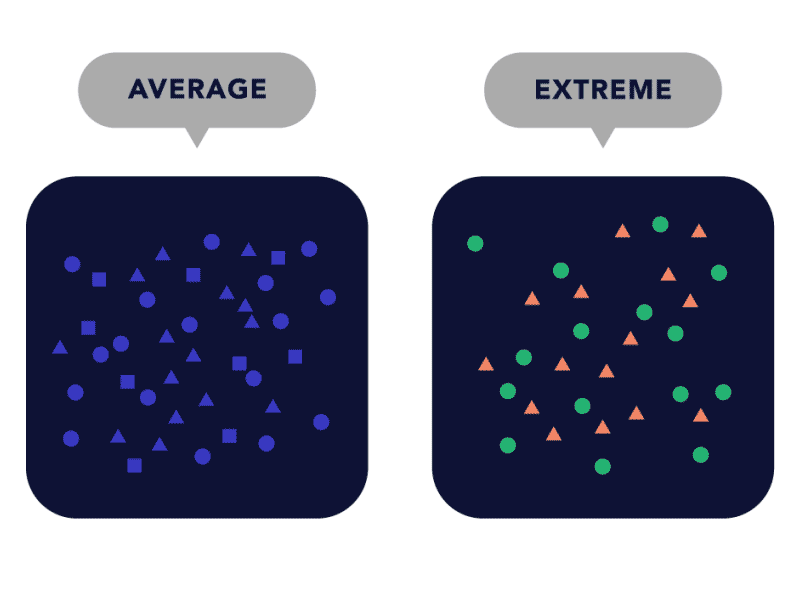 Instead of going out and talking to 30 people, you can select a handful of people and have a deeper conversations with them. It is, however, important to choose the right person to talk to. Usually “Extreme Users” are the ones that best emphasis the desires and needs, even though we are not designing for them but we can learn a lot from them. Extreme can be extremely for or even against the topic you are designing for. We need to give people the opportunity inspire us and even do ideation for us.
Instead of going out and talking to 30 people, you can select a handful of people and have a deeper conversations with them. It is, however, important to choose the right person to talk to. Usually “Extreme Users” are the ones that best emphasis the desires and needs, even though we are not designing for them but we can learn a lot from them. Extreme can be extremely for or even against the topic you are designing for. We need to give people the opportunity inspire us and even do ideation for us.
Pull out stories, not opinions
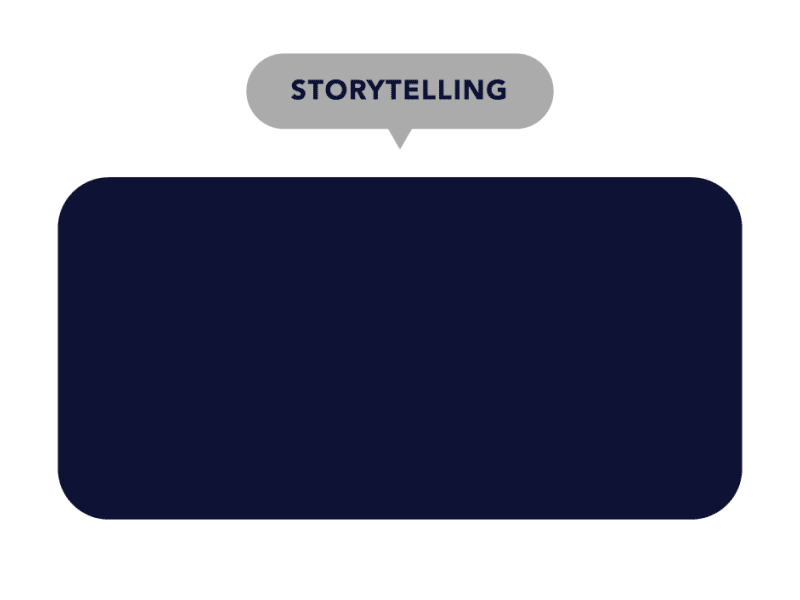 The best question to ask is not asking anything, just let people talk! Of course you want to guide the conversation so you remain focused on the topic, but having a list of questions could take away the opportunity to hear things you would never have thought of. Instead of trying to arrive at a conclusion, look for stories. Statistics or trends are mainly useful for marketing purposes, design is all about storytelling.
The best question to ask is not asking anything, just let people talk! Of course you want to guide the conversation so you remain focused on the topic, but having a list of questions could take away the opportunity to hear things you would never have thought of. Instead of trying to arrive at a conclusion, look for stories. Statistics or trends are mainly useful for marketing purposes, design is all about storytelling.
Tell
me about yourself?
Cool
tell me more
Really, any other story?
How about …..?
Seek user feedback earlier in the design journey
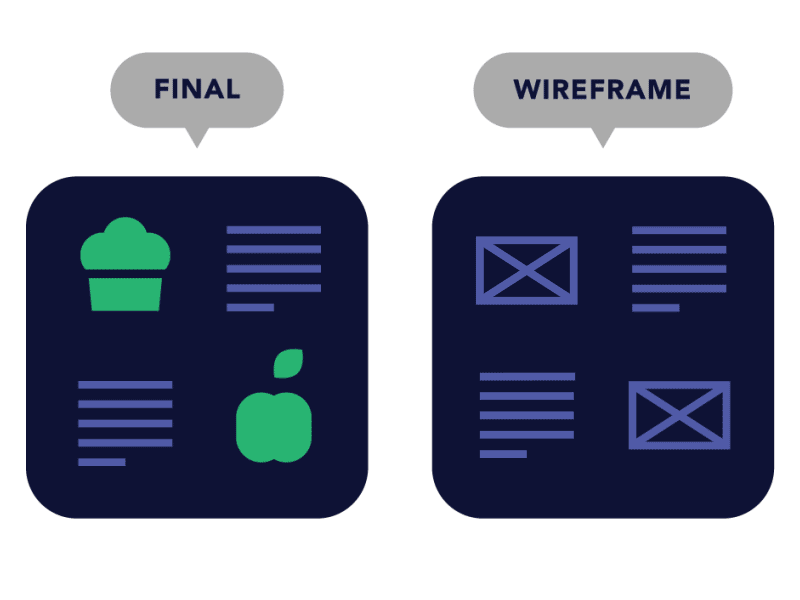 It always helps to share design ideas with the users and ask how they feel about it. The mistake we usually make is that we present our polished design ideas to the users and then ask them what they like and what they don’t like about them. Alternatively, you can use low fidelity sketches or prototypes for user testing earlier in the design journey. This would allow people to give you honest feedback on the bigger picture and the values rather than details such as colors or the shape of the buttons.
It always helps to share design ideas with the users and ask how they feel about it. The mistake we usually make is that we present our polished design ideas to the users and then ask them what they like and what they don’t like about them. Alternatively, you can use low fidelity sketches or prototypes for user testing earlier in the design journey. This would allow people to give you honest feedback on the bigger picture and the values rather than details such as colors or the shape of the buttons.
Why do we need to think of the user again?
Regardless of how user research is done, the final goal is to make a personal connection with users and remain informed and inspired by them. There is no one formula for user research, and we don’t always need to start from the users. As long as you feel you have built empathy with the users, any design decision that feels right is probably a good decision.
